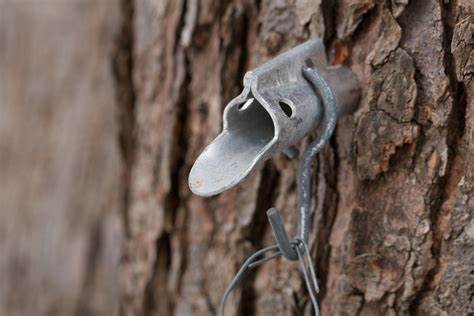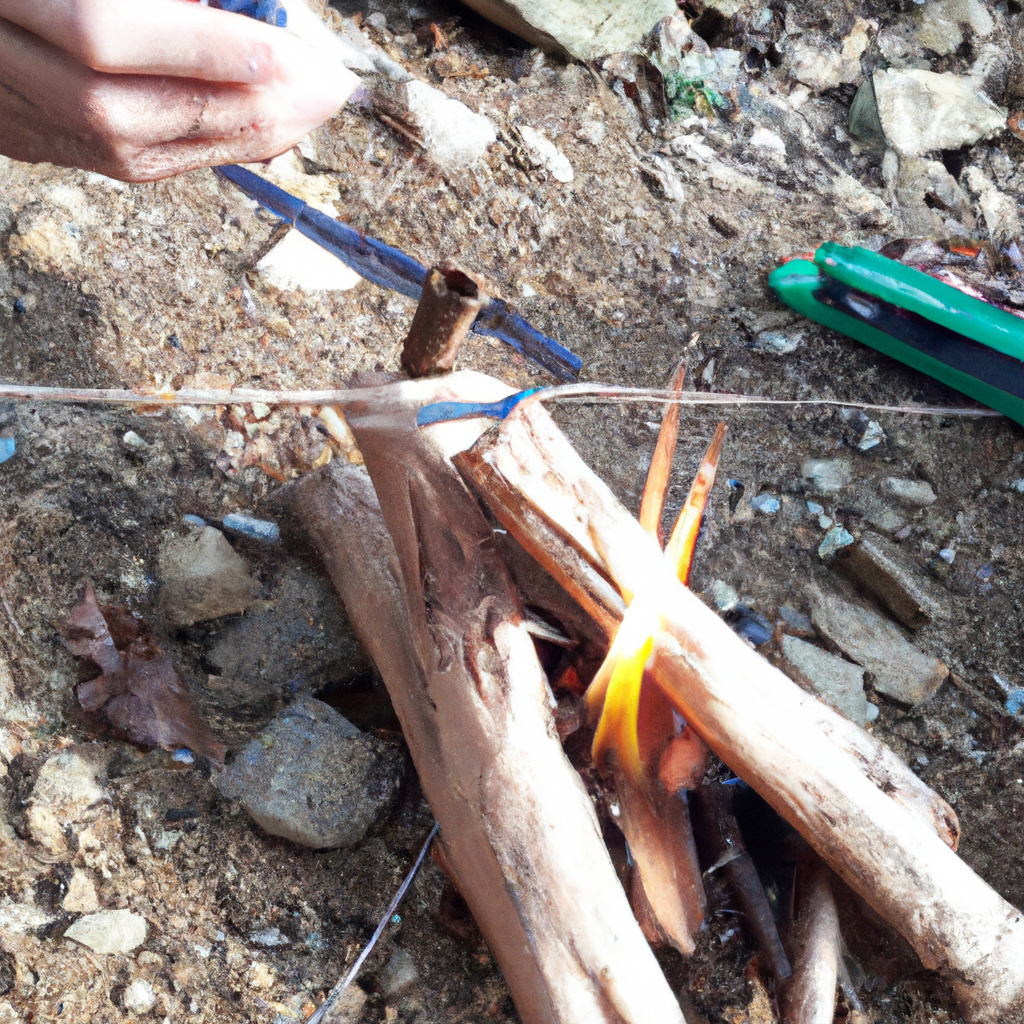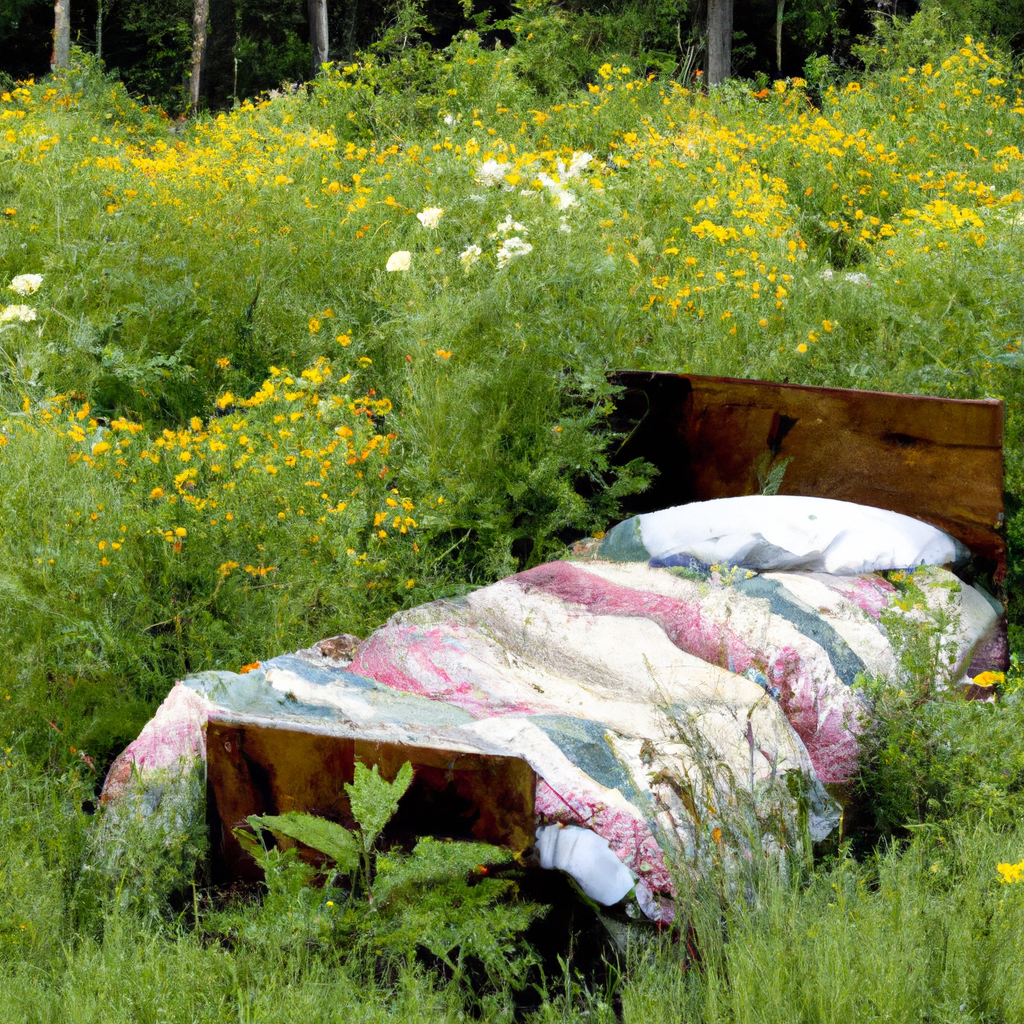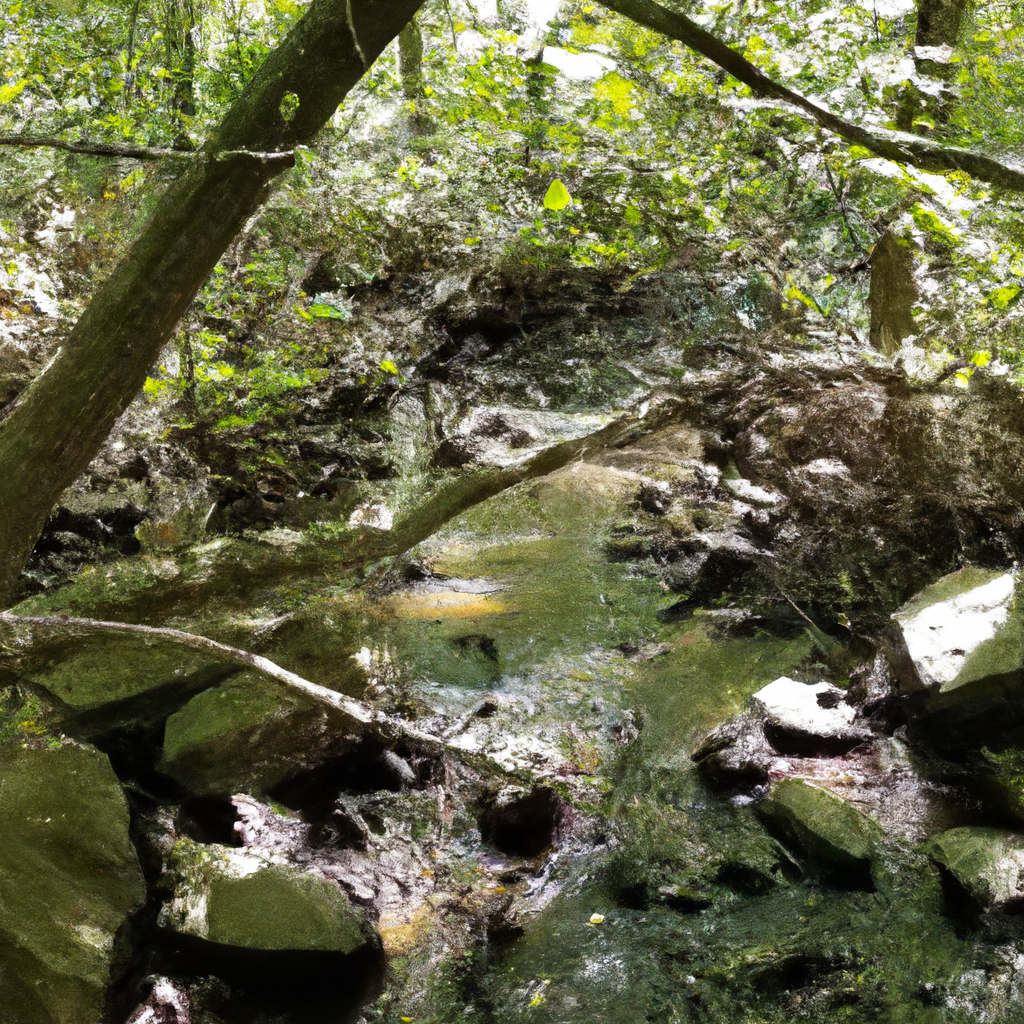Sweetwater is a great resource to find in the outdoors. Whether it’s for syrup, sugar, or just for drinking, Sweetwater is delicious! It has electrolytes, vitamins, minerals, inflammation-reducing agents, things to help control diabetes, liver-detoxifying properties, and cancer-fighting agents. I love to drink sweet water straight from the tree. Some people boil it to ensure the bad bacteria is gone. When it’s boiled, sweet water also loses the good bacteria stored in it.
Depending on what you want, you can tap different trees. The sweeter (higher sugar content) tree is the sugar maple, the most commonly heard for syrup. The other, birch trees, don’t have much sugar but are still sweet and have the same properties. I can personally say as a caffeine addict myself, sweet water has given me more energy than coffee or energy drinks ever have. Also, it has been used for a hangover cure!
Instructions for Tapping
When you tap the tree, you must be careful not to cause a lot of harm. With drilling, you want your drill bit to be about the same width as the beginning of your tube, this can vary with the kind of tap that you get. With the different systems of sweet water, there are other tips and ways to tap. For drilling, if you are using a tube system, you want to go into the tree straight about 1 to 2 inches depending on the size of the tree. Then you stick your tap in the tree and use something soft like a rubber mallet to softly tap it in.
When you use a drip bag system you want to drill at an angle upwards. Same as the other, only about 1 to 2 inches. After you’re all finished, use some clay to fill the hole and let the tree heal.
Times to tap
The best times to tap are in early spring and fall. In the early spring, all the sweet water is heading up the tree to start making seeds and leaves. In the fall, all the leaves and seeds are grown, and the sap goes to be stored for the future. Before fall turns to winter, you still have time to collect some. The main issue with collecting the sweet water sap is that it starts to ferment quickly, it only stays for 2-3 days unrefrigerated and only about 6-7 days refrigerated, so you got to drink it quickly! Often, people use it for other things like mead, wine, syrup, or sugar. Primarily, people use birch sap for drinking because of its low sugar content. So, whether you’re looking for something healthy or just a tasty treat, sweet water has got you covered!
Below are the two systems you can use and what you need for both. Click below and start your sweet water journey!








